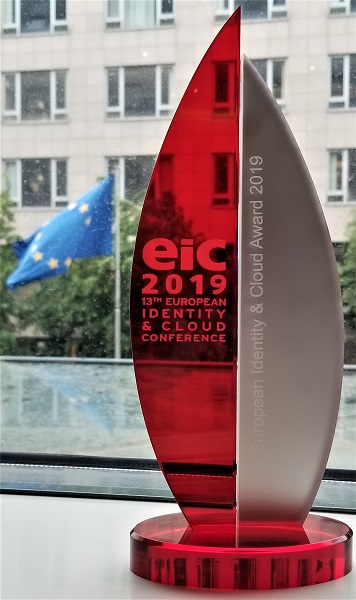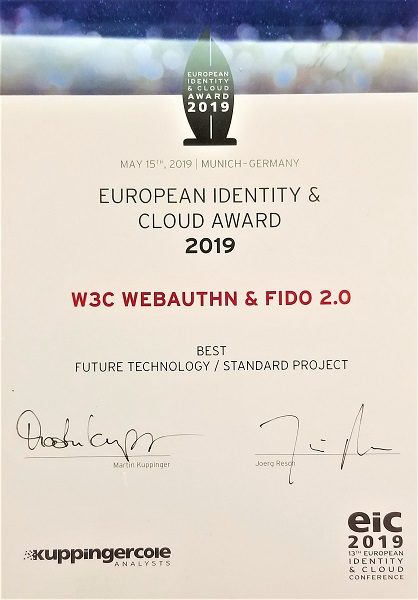 I’m pleased to report that the Proof-of-Possession Key Semantics for CBOR Web Tokens (CWTs) specification is now technically stable and will shortly be an RFC — an Internet standard. Specifically, it has now progressed to the RFC Editor queue, meaning that the only remaining step before finalization is editorial due diligence. Thus, implementations can now utilize the draft specification with confidence that that breaking changes will not occur as it is finalized.
I’m pleased to report that the Proof-of-Possession Key Semantics for CBOR Web Tokens (CWTs) specification is now technically stable and will shortly be an RFC — an Internet standard. Specifically, it has now progressed to the RFC Editor queue, meaning that the only remaining step before finalization is editorial due diligence. Thus, implementations can now utilize the draft specification with confidence that that breaking changes will not occur as it is finalized.
The abstract of the specification is:
This specification describes how to declare in a CBOR Web Token (CWT) (which is defined by RFC 8392) that the presenter of the CWT possesses a particular proof-of-possession key. Being able to prove possession of a key is also sometimes described as being the holder-of-key. This specification provides equivalent functionality to “Proof-of-Possession Key Semantics for JSON Web Tokens (JWTs)” (RFC 7800) but using Concise Binary Object Representation (CBOR) and CWTs rather than JavaScript Object Notation (JSON) and JSON Web Tokens (JWTs).
Thanks to the ACE working group for completing this important specification.
The specification is available at:
An HTML-formatted version is also available at:







